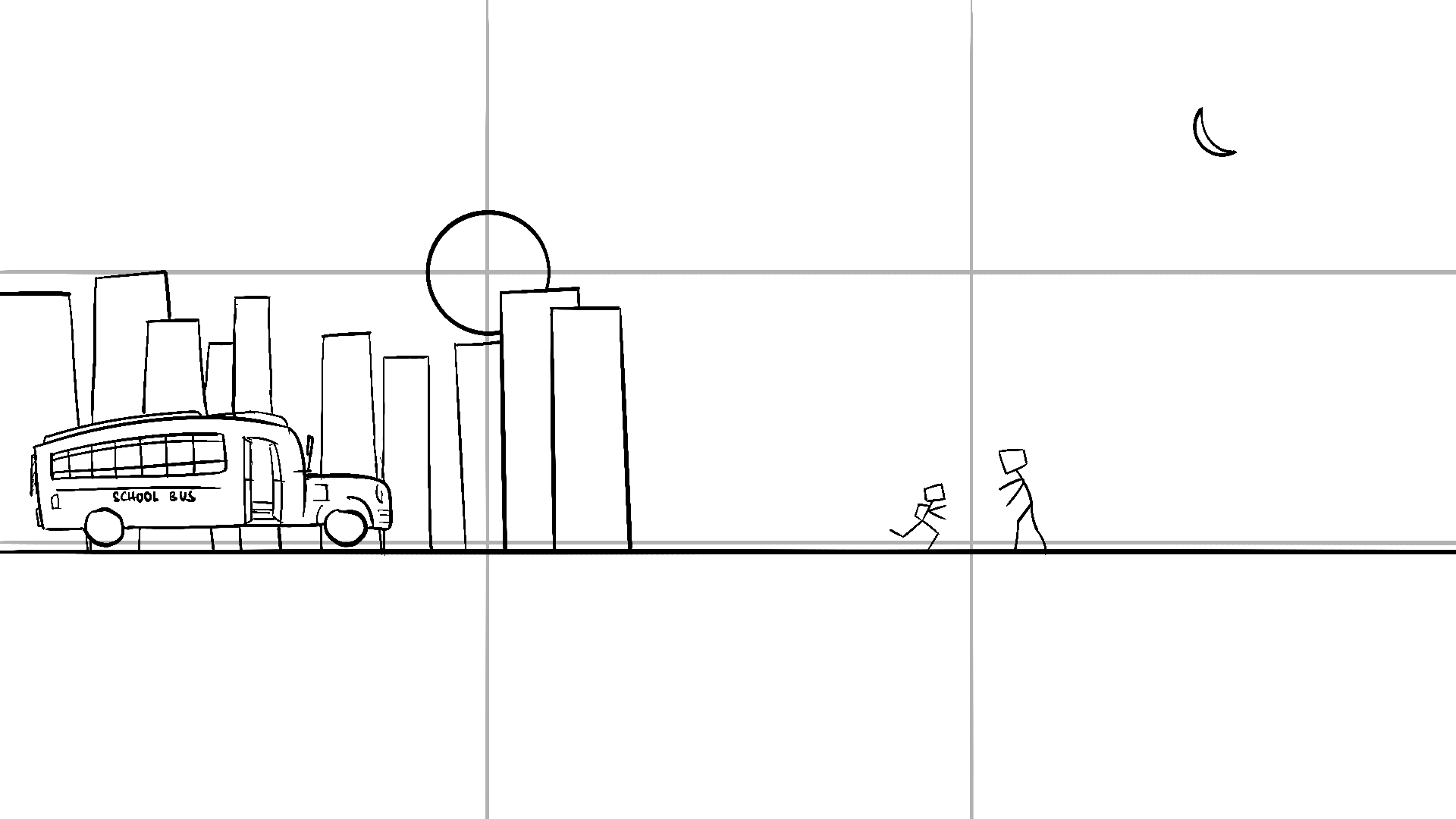Art of Staging

Staging is a fundamental aspect of animation that plays a crucial role in presenting ideas, actions, and emotions effectively to the audience. It involves the careful arrangement of elements within a scene to ensure clarity, readability, and visual impact. From framing and composition to timing and pacing, staging techniques are essential for creating animations that captivate and engage viewers. In this blog post, we’ll explore various staging techniques used by animators to bring their stories to life.
1. Framing and Composition
Framing and composition refer to the placement and arrangement of elements within the frame of the animation. A well-composed shot can draw the viewer’s attention to the focal point of the scene, guiding their gaze and conveying important information. Techniques such as the rule of thirds, leading lines, and framing devices like doorways or windows can be used to create visually compelling compositions.
2. Silhouette and Contrast
Silhouette and contrast are powerful tools for creating visual impact and emphasizing the shapes and forms within a scene. Silhouettes can be used to convey mood, emotion, and character, while contrast can highlight important elements and create depth and dimensionality. By playing with light and shadow, animators can enhance the readability and visual interest of their animations.
3. Depth and Layering
Creating a sense of depth and dimensionality can make animations feel more immersive and lifelike. Techniques such as overlapping elements, atmospheric perspective, and parallax scrolling can add depth to scenes and create a sense of space and scale. By layering objects and characters within the frame, animators can create a sense of depth and dimensionality that enhances the visual richness of their animations.
4. Posing and Staging Characters
Posing and staging characters involves creating dynamic and expressive poses that convey emotion, personality, and intention. The staging of characters within a scene can influence the flow of action and the viewer’s perception of the narrative. Animators use techniques such as the line of action, asymmetry, and contrast to create dynamic poses and compositions that enhance character performance and storytelling.
5. Camera Movement and Dynamics
Camera movement can add energy, rhythm, and pacing to animations, enhancing the overall visual storytelling experience. Techniques such as camera pans, zooms, and tracking shots can create a sense of movement and dynamism, while static shots can provide stability and focus. By carefully choreographing camera movements, animators can guide the viewer’s attention and create a sense of cinematic immersion.
6. Timing and Pacing
Timing and pacing are critical aspects of staging that influence the rhythm and flow of animation sequences. By adjusting the timing of movements, actions, and transitions, animators can create tension, anticipation, and emotional impact. Techniques such as squash and stretch, slow in and slow out, and timing charts can be used to control the timing and pacing of animations, ensuring that they resonate with audiences on an emotional level.
Conclusion
Mastering the art of staging is essential for creating animations that captivate and engage audiences. By utilizing framing and composition techniques, leveraging silhouette and contrast, incorporating depth and layering, staging characters effectively, choreographing camera movement, and controlling timing and pacing, animators can elevate their storytelling and create animations that leave a lasting impression. Whether crafting a simple character animation or a complex visual effects sequence, the principles of staging are essential for creating animations that resonate with viewers and convey compelling narratives.


